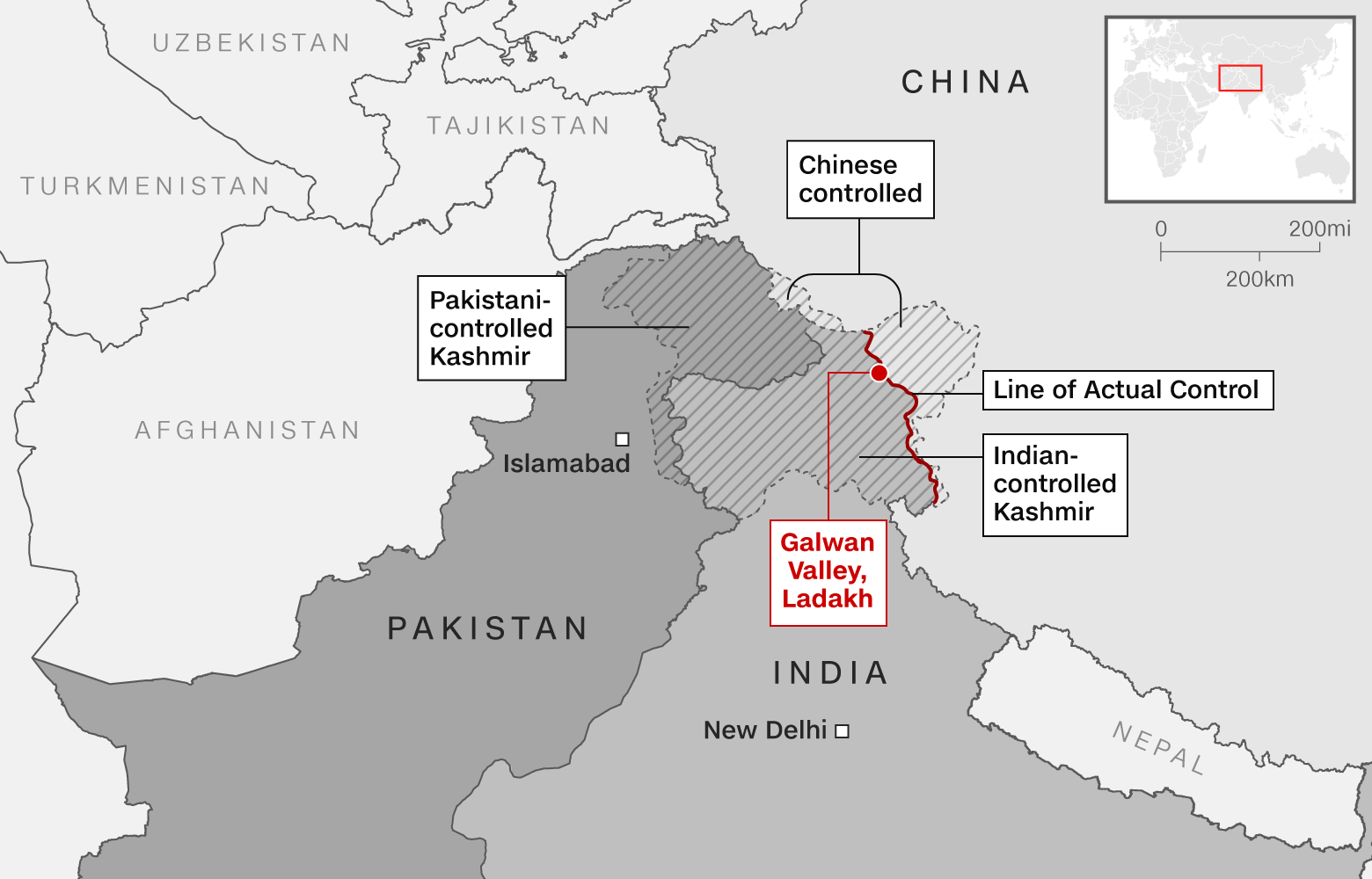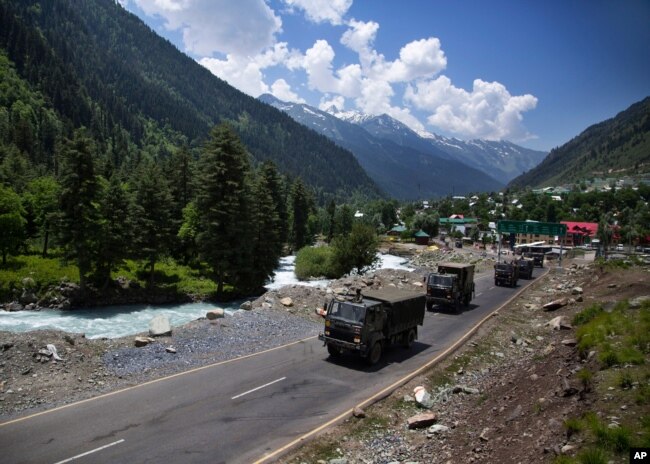A Tale of Global Disaster
"This means we have already tested all the people that need to be tested. We are also rolling out large scale screening to key regions and key populations [of the city] and improving our capability of testing."
Zhang Qiang, Beijing municipal committee official
"[The virus continues to have the] upper hand ]even while Americans were tired of restrictions imposed to contain its spread]."
"We are moving too fast."
"It's like leaning into a left hook. You are going to get hit hard. And that's what is happening."
Tom Frieden, director, U.S.Centers for Disease Control and Prevention (2009-2017)
 |
| A man rides a bicycle as people walk on Ocean Drive in Miami Beach, Florida on June 26, 2020. (Chandan Khanna/AFP/Getty Images/CNN) |
On Sunday the U.S.Centers for Disease Control and Prevention reported 2,504,175 novel coronavirus cases representing an increase of 44,703 cases from the previous count. The number of deaths in the United States had risen to 125,484, with an additional 508 that day. A staggering number, given that the worldwide case totals now sit at ten million, with deaths creeping up to the half-million mark. The U.S. figures indicate that it alone is responsible for a huge number of cases out of the worldwide total. Some 'left hook' that has turned out to be.
In both its case total and COVID-linked fatalities the United States has attained the world's highest numbers. The most technologically advanced nation on Earth, the wealthiest of advanced economies has demonstrated an inability to control the virus spread. And that situation will ensure that other countries, emerging from their own dread exposure to the vicissitudes of the SARS-CoV-2 virus preying on the human respiratory system, will take steps to ban American citizens from entry to their borders.
Canada, sitting north of its neighbour on the North American continent as of late Sunday had 103,250 confirmed cases, with 8,522 deaths, an increase from 102,959 and 8,516 deaths of the day before, with a population about one-tenth that of the United States.
Beijing had collected 8.29 million patient samples for testing, completing 7.69 million tests. Its first case from the outbreak representing a second wave was reported on June 11 where 311 people have tested positive for the virus since then, in the city of over 20 million people. China, where the original outbreak first emerged, has successfully controlled its outbreaks using all the means available to a dictatorship.
 |
| The intensive care unit treating COVID-19 patients at the Gilberto Novaes Hospital in the Manaus, in Brazil's Amazon region, has been operating close to capacity. |
If the Chinese population feels put-upon and strained over severe lock-down procedures, it is not too likely there will be mass protests erupting over forced self-isolation in a population long accustomed to following orders, and avoiding government punishment. In the final analysis the entire population stands to benefit from strict isolation resulting in infection control. In stark contrast, Americans have protested, loudly and vociferously.
And they have taken to disowning the need to self-isolate, sick of lockdown, assembling in numbers to protest, with young Americans descending on beaches on hot sunny summer days, recapturing what has been lost to the necessity to avoid infection. And so, infections have risen substantially because the young feel invulnerable, and they know that their youth will protect them from severe health repercussions, and the entire population is once again plunged into viral infection territory.
The seven months it has taken for a half-million people globally to die of this mysterious new zoonotic has marked a grim milestone in global pandemics. One long anticipated by health experts, but ignored by governments. The repercussions to ordinary life that has been occasioned by the presence of this virus will likely never be fully reversed. The uncertainty surrounding the ability of the virus to change its characteristics, to resurge and rampage anew will ensure that a measure of social distancing will reflect a new normal.
 |
| A woman stands behind a fence as she waits for the delivery of goods she ordered online in a residential area under lockdown near the closed Xinfadi market in Beijing. |
Working, schooling, shopping, eating out, holidaying, travelling, all human activities integral to normal life and needs will be irretrievably altered for the foreseeable future, successful vaccine or not since, as most virologists now claim, there will be many more such zoonotics to emerge over time, and preparedness must, as a result, also become a new way of survival.
India and Brazil are now hard put in their efforts to control their own outbreaks, registering over 10,000 cases daily and accounting for over a third of all new cases in the past week. Out of Brazil a record 54,700 new cases were reported on June 19. The death toll in Latin America, according to some researchers could rise to over 350,000 by October, from its current total of 100,000.
China, New Zealand and Australia, all believing they had successfully 'flattened the curve' and were emerging out from under their epidemics, have seen resurgences as new outbreaks have destroyed the elation of a few weeks earlier when authorities in all those countries were jubilant over having fended off the virus. It is not yet ready to exit the scene, and it is not known when it will be, with or without a vaccine emerging within the next year, year-and-a-half.
 |
| A fresh cluster of novel coronavirus cases have emerged from a wholesale food market in Beijing, after the city reported no new local infections for nearly two months. |
Labels: Beijing, Brazil, COVID-19, Deaths, United States, World Case Figures




























